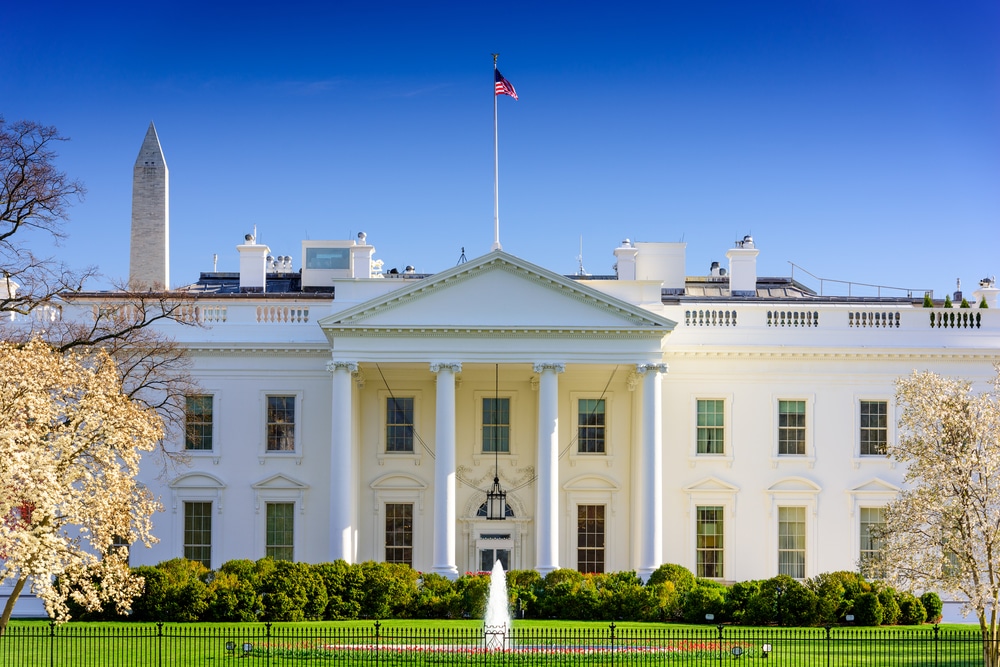What’s next for the iconic residence?
The recent decision to demolish the entire East Wing of the White House has taken many by surprise. Initially, plans for a new ballroom suggested that most of the East Wing would remain intact. However, administration officials later determined that demolishing the structure would be “cheaper and more structurally sound.”
The East Wing, until now somewhat under the radar, primarily housed office spaces and served as the main entrance for visitors touring the White House.
Understanding the East Wing: A Historical Overview
In contrast to the bustling West Wing—home to much of the presidential operations—the East Wing has traditionally focused on the social activities of the Executive Residence. For nearly fifty years, it has also served as an office space for the First Lady.
Remarkably, the exterior colonnades leading to both the East and West Wings were designed by none other than Thomas Jefferson. Initially, these areas were open-air and did not connect the executive residence to any other buildings. The executive residence itself served as the central hub for both business and social functions until 1902, when First Lady Edith Roosevelt pushed to allocate some business functions out of the President’s and First Lady’s home.
In response, Congress allocated funds for the construction of both the East and West Wings in that same year. While the West Wing was designated for the President’s offices, the East Wing was developed as a reception area for social gatherings, complete with ample space for large carriages and significant cloakroom facilities.
Architectural Significance
Interestingly, the two-story structure of the East Wing was completed in 1942, serving as a clandestine cover for what became the Presidential Emergency Operations Center, an essential refuge for the President in case of an emergency. As time progressed, various social teams—including calligraphers and secretaries for social correspondence—began occupying this space. It wasn’t until 1977 that First Lady Rosalynn Carter established an office in the East Wing, a tradition that has continued with subsequent First Ladies.
It’s noteworthy that, in the span of 123 years, the East Wing has only undergone one significant renovation and expansion. In stark contrast, the West Wing has experienced four major structural renovations along with countless internal updates.
Accessibility and Visitor Experience
The East Wing was typically the starting point for free, self-guided tours of the White House. With its demolition, the new access point for White House tours remains uncertain, although the gathering point is now located a few blocks away from the White House itself. Previously, these tours offered access to several public rooms in the East Wing, but the focus is likely to shift toward areas within the executive residence, including the Vermeil Room, Library, China Room, Blue Room, Red Room, Green Room, State Dining Room, and views of the White House Kennedy Garden.
U.S. citizens and permanent residents can arrange a tour through their House Representative, while citizens from other countries can reach out to their embassy for details. In the meantime, the White House Visitor Center is typically an excellent resource for those interested in learning more about the White House, although it is currently closed due to the government shutdown. Alternatively, visitors can explore The People’s House: A White House Experience, a privately funded, non-governmental nonprofit that remains open to the public.
Looking ahead, a new White House State Ballroom is set to rise on the site, boasting a seated capacity of 650 people—a significant milestone for future social events at this historic location.
As the East Wing prepares for its transformation, the changes represent both a modern evolution of the White House and a nod to its rich history. The future of this iconic residence invites a blend of tradition and innovation, promising to create a setting reflective of today’s needs while respecting the past.






























